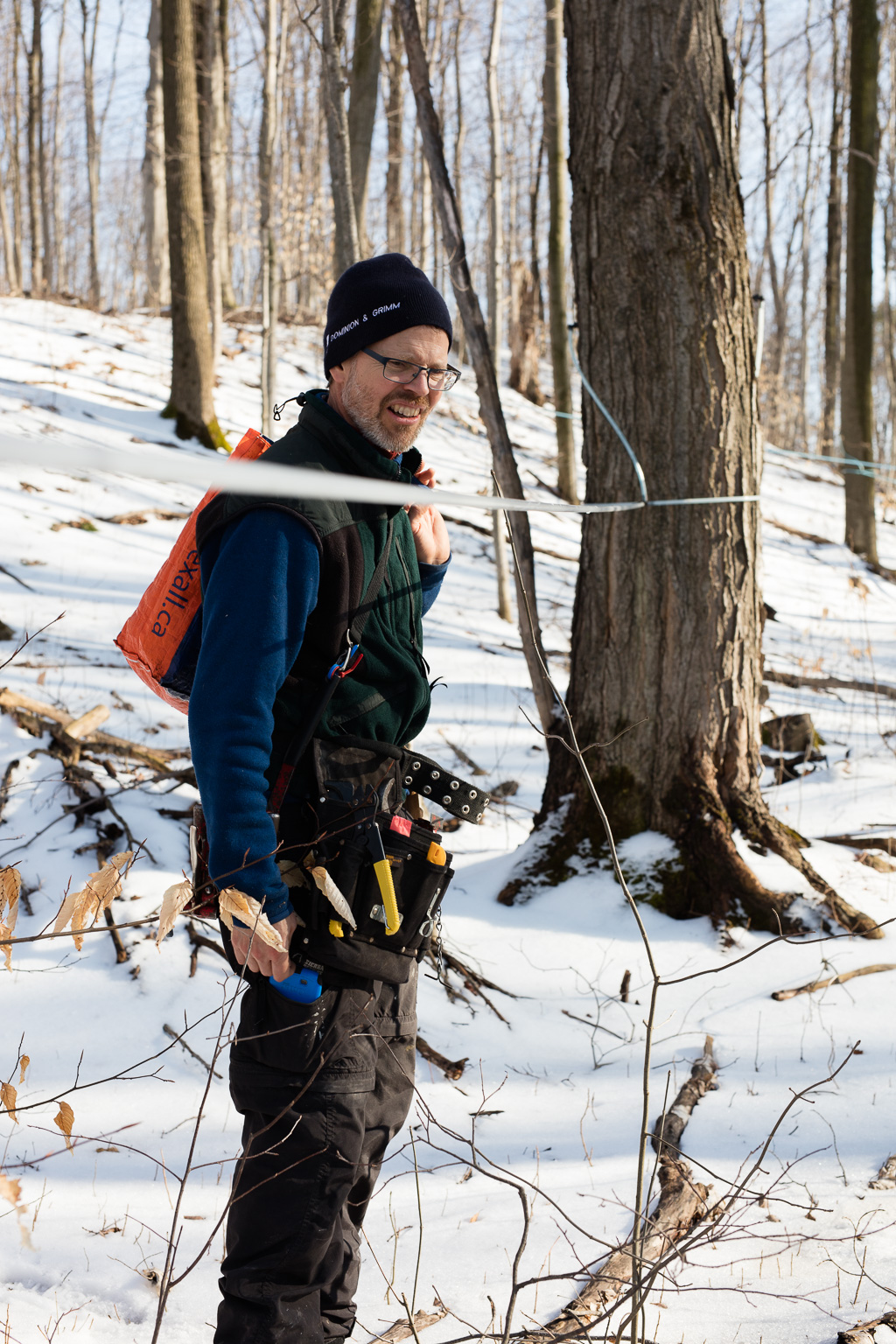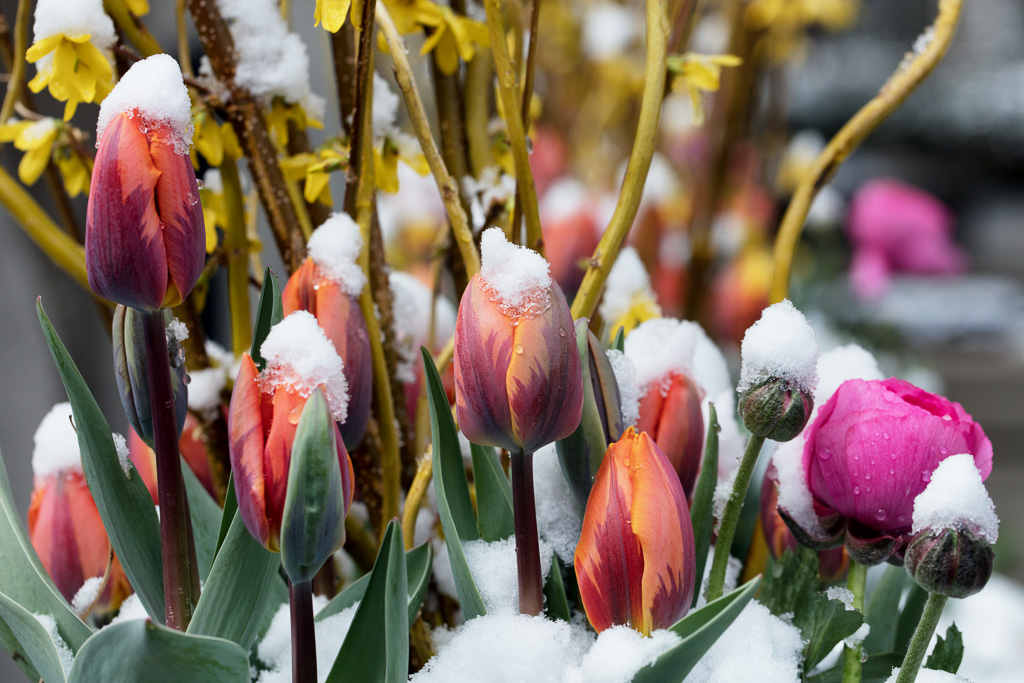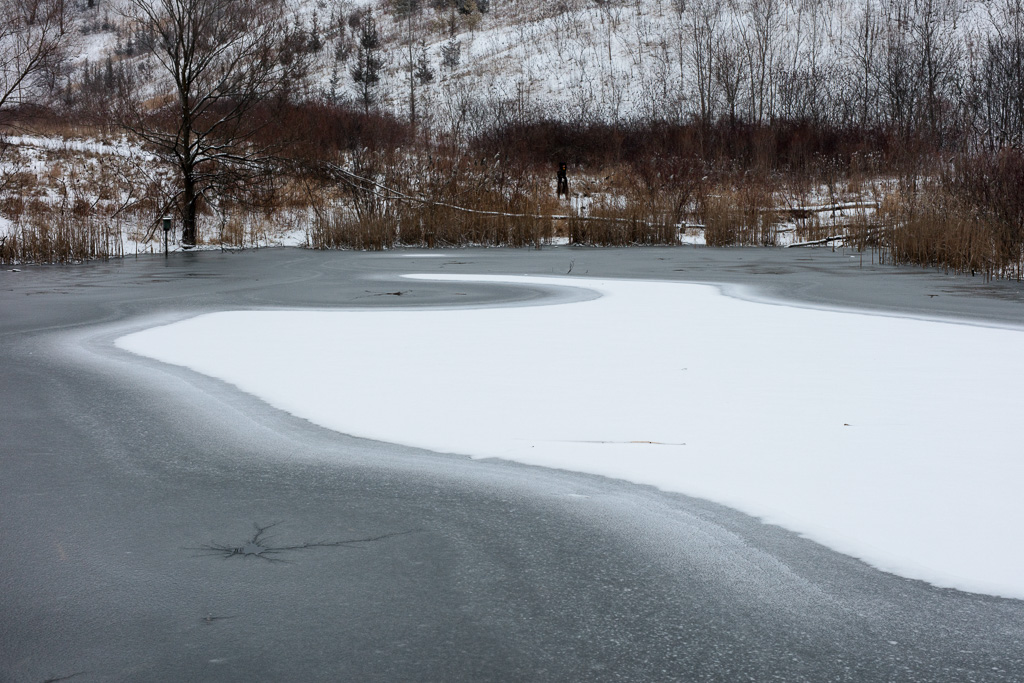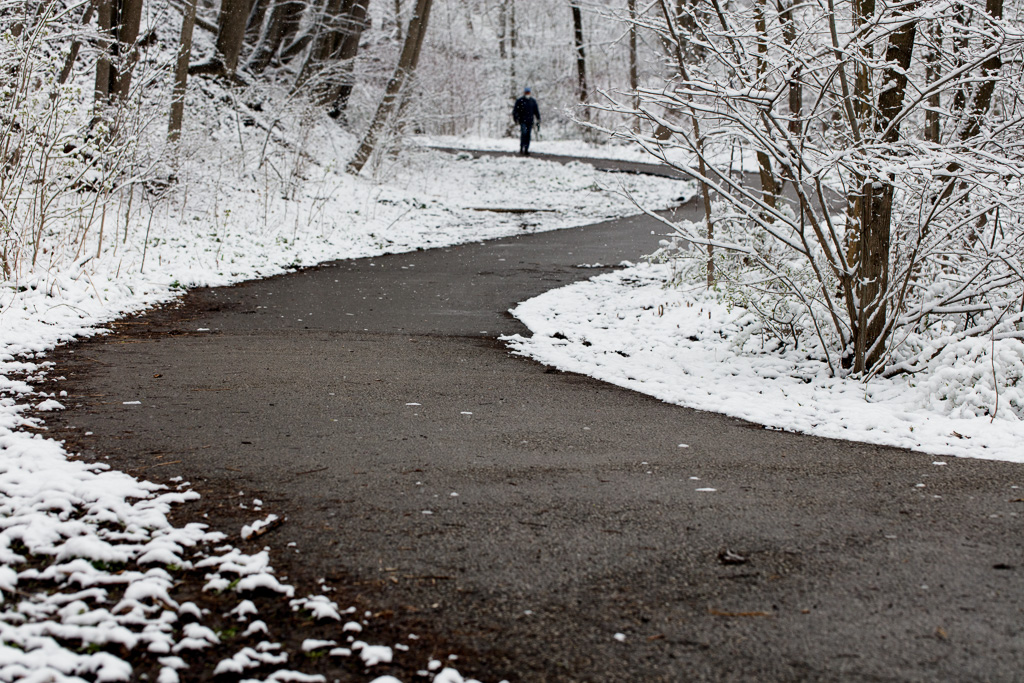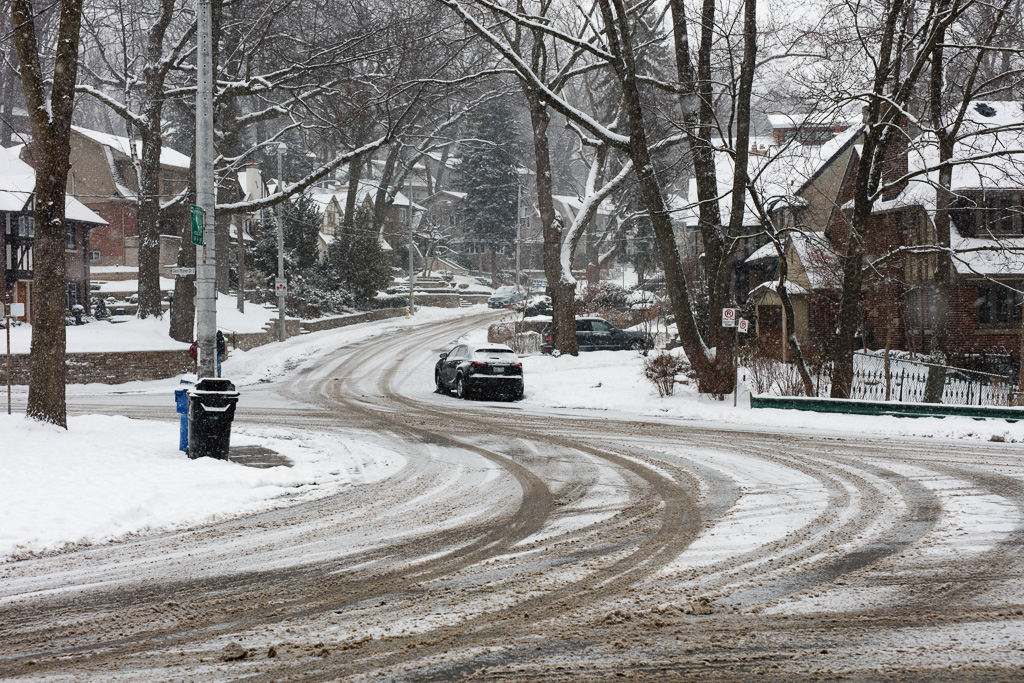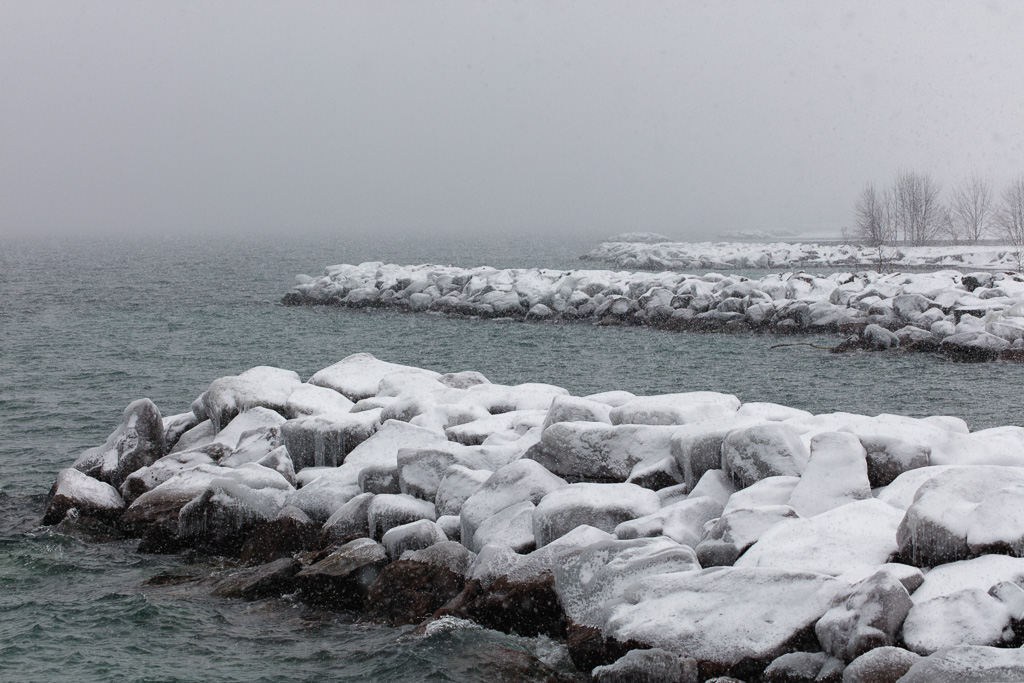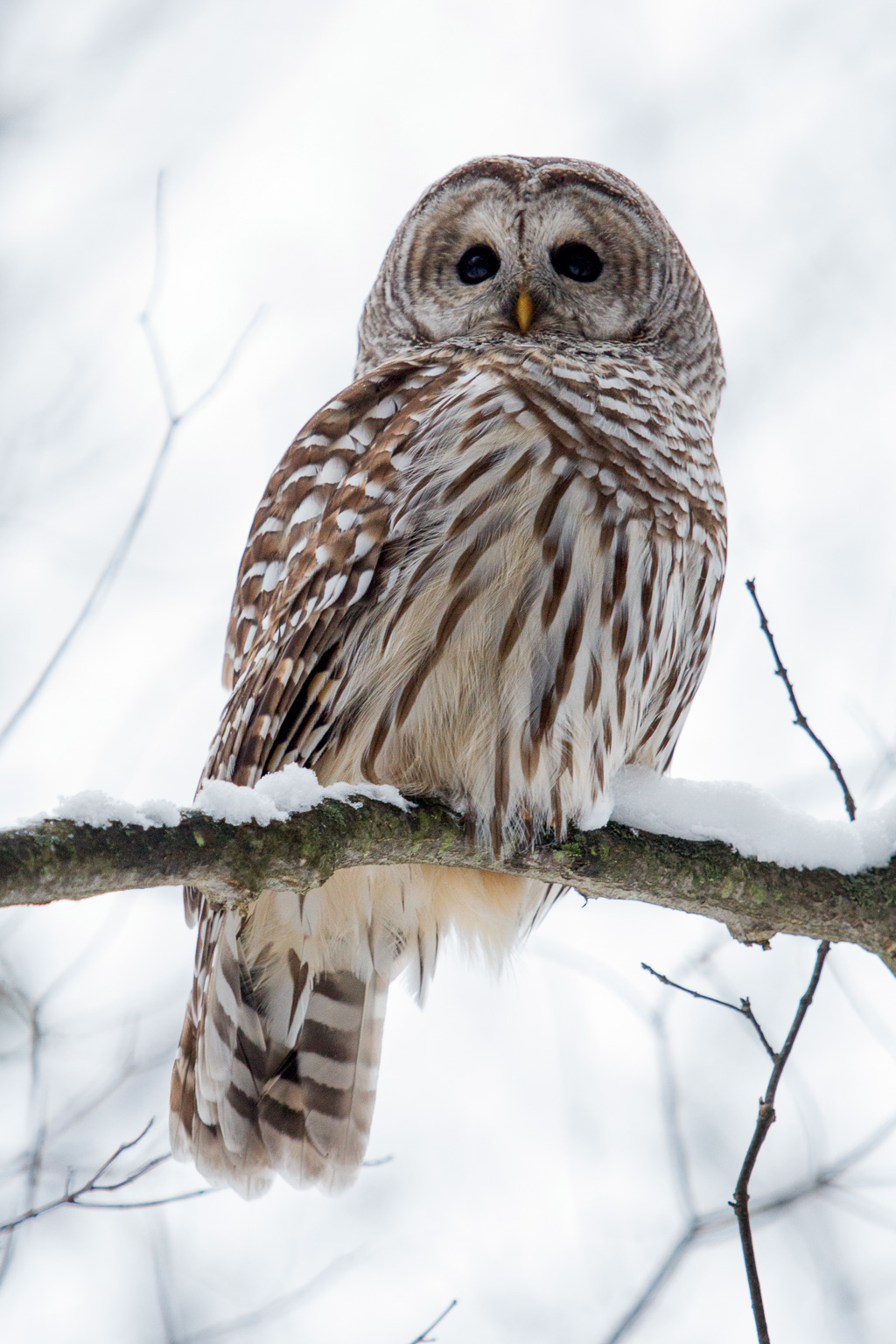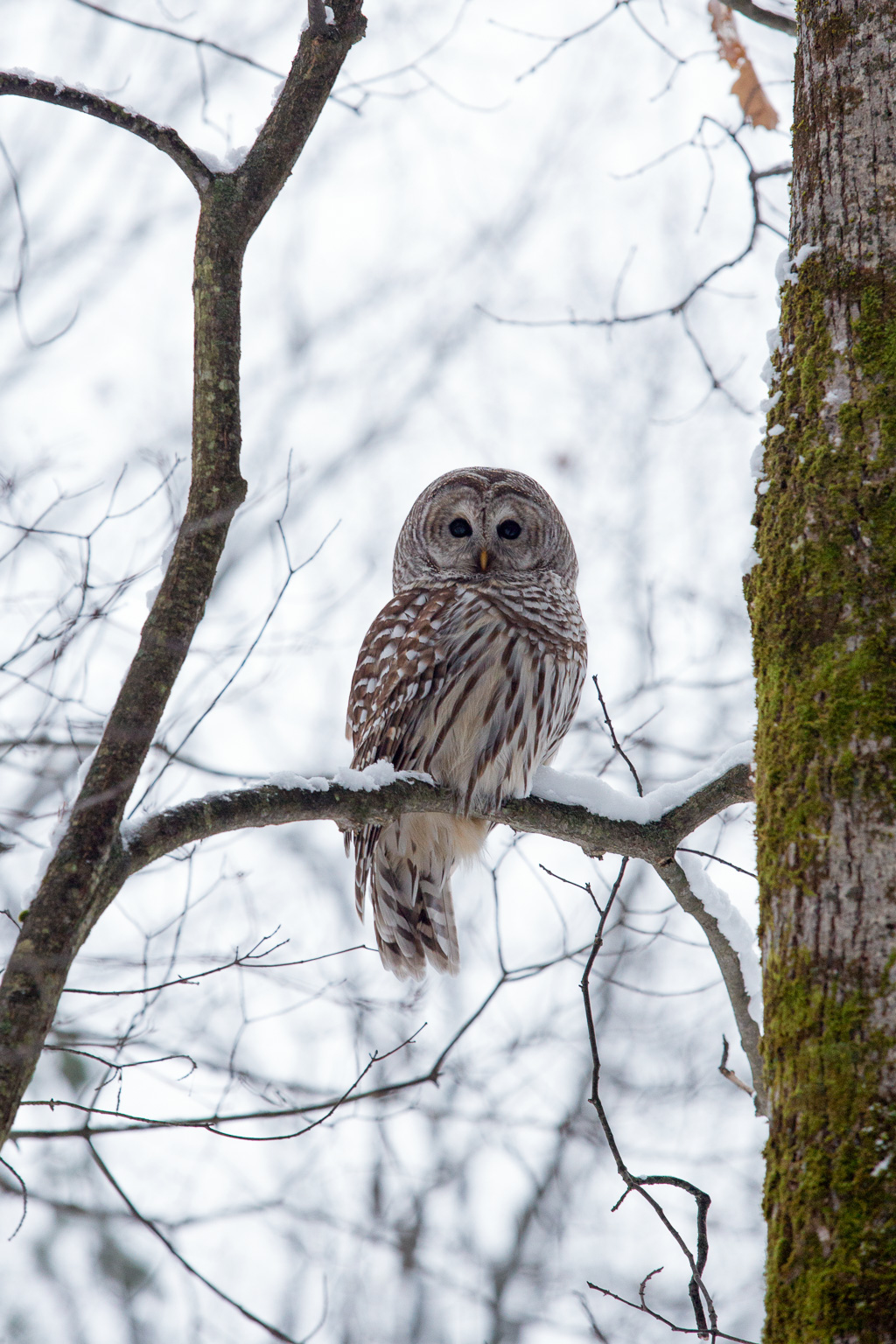This past month, we Canucks witnessed some dubious patriotism as people descended on the nation’s capital, honking horns and draping themselves in the flag. One morning, while eating my breakfast, it occurred to me that there must be less contentious ways to share with one another the Canadian experience. I gazed down at my plate of flapjacks slathered in pure maple syrup and said to myself: “I know just the thing!” I’ve never met a person who doesn’t love maple syrup. If we can’t set aside our differences to gather around an evaporator boiling 10,000 litres of sap while we draw the beautiful smell of wood smoke into our lungs, then there’s no hope for us.
And so, for the month of March, I share images that celebrate the joy of maple syrup. Given that Canada is responsible for more than 70% of the world’s maple syrup production, I think it’s fair to say that, even more so than hockey, this is a quintessentially Canadian experience.
I have an in at Williams Farm. My sister-in-law, Suzanne, and her husband, John, own a farm with a sugar bush in Wyebridge, Ontario. Every spring, they tap their sugar bush and neighbouring woodlots, and from that sap they produce somewhere north of 4,000 litres of maple syrup. Every spring, I show up with my camera to catch them working what to my eyes (and taste buds) seems a small miracle. It’s worth noting that, in addition to producing maple syrup, John is the executive director of the Ontario Maple Syrup Producers’ Association, helping advocate for the industry.
Join me, then, for the month of March as I share images that capture something of the process that turns tree sap into one of the most delicious foods ever invented. In the first two images of this series, we see John Williams inspecting sap lines to ensure their integrity and making repairs where needed.
Follow Williams Farm on Instagram.
